A High-Level Drill to Improve Quickness and Accuracy in Receiving and Throwing
The Receiving and Transfer Drill for Catchers trains players to receive and quickly transfer the ball from their glove to their throwing hand, emphasizing speed and precision in throwdowns to second base. This challenging drill prepares catchers for high-pressure situations and sharpens their skills for competitive play.
Difficulty Rating: ★★★★☆ (Challenging)
Time Estimate: 15-20 minutes
Setup:
- Equipment Needed:
- Catcher’s gear (mask, chest protector, and leg guards)
- Baseballs
- A target (such as a cone or a base) set up to simulate second base
- A partner or coach to toss balls
- Player Positioning:
- The catcher sets up in a crouched receiving position, facing the coach.
- The target (a cone, net, or base) is set up approximately 90 feet away, simulating the second-base location.
- Tossing Area:
- The coach stands about 10-15 feet in front of the catcher, positioned slightly to the side to toss balls toward the catcher’s glove side.
How to Run the Drill:
- Coach Positioning and Tosses:
- The coach or partner stands to the catcher’s left side (for a right-handed catcher) or right side (for a left-handed catcher), tossing balls to the catcher’s glove side at a variety of speeds and heights.
- Receiving and Transferring:
- The catcher must receive the ball cleanly, secure it in the glove, and quickly transfer it to their throwing hand.
- Immediately after the transfer, the catcher simulates a throw to second base, focusing on accuracy and speed. The goal is to perform the entire sequence in one fluid motion: receive, transfer, and throw.
- After each throw, the catcher resets to their crouching position, ready for the next toss.
- Repetitions and Sets:
- Each round consists of 10 tosses, with brief breaks between rounds for coaching feedback.
- Complete 2-3 rounds per catcher, adjusting the intensity of tosses as they progress. If they succeed with standard tosses, you can vary the speed or height to challenge them further.
- Advanced Variation:
- For more advanced catchers, incorporate footwork into the drill by having them practice a quick pivot toward second base as they complete the throw.
Why You Run This Drill:
The Receiving and Transfer Drill for Catchers is essential for developing quick hands, efficient transfers, and precise throwdowns to second base. For catchers aiming to be elite, the ability to transfer the ball quickly and throw accurately under pressure is critical. This drill also improves reflexes and prepares them for game situations where they must make fast, accurate throwdowns to catch runners stealing.
Key Skills Developed:
- Quick Transfer and Release: This drill emphasizes a fast, efficient transfer from glove to hand, reducing the time it takes to get the ball out and into a throw.
- Receiving Precision: Catchers develop soft hands for receiving and learn to catch the ball in the pocket of the glove, which aids in a faster and more accurate transfer.
- Accuracy in Throwdowns: By simulating throwdowns to second, the drill improves the catcher’s ability to throw accurately, which is crucial for successful play at higher levels.
Coaching Notes & FAQs:
Coaching Tips:
- Focus on Fluidity: Emphasize the importance of fluid motion—catchers should avoid any extra steps or movements during the transfer. The process should be smooth and quick.
- Keep the Glove Still: Encourage catchers to catch the ball in the middle of their body and avoid sweeping motions. This will help them transfer the ball quickly and accurately.
- Stay Balanced: Good balance is key to accurate throwdowns. Make sure the catcher maintains a stable stance and avoids rushing or overextending on the transfer.
Frequently Asked Questions:
- What should I do if the catcher is dropping the ball during the transfer?
- If the catcher struggles with drops, slow down the tosses and focus on having them secure the ball firmly in their glove before attempting the transfer. Practicing in slower increments can help build muscle memory for a quick but secure transfer.
- How can I increase the difficulty for more advanced catchers?
- For more advanced catchers, vary the speed and height of the tosses. You can also incorporate footwork drills, such as a quick pivot toward second base, to simulate game situations even more closely.
- How often should this drill be incorporated into practice?
- This drill can be incorporated 1-2 times per week, particularly when focusing on defensive skills. Regular practice helps build consistency and speed, which are essential for competitive play.
- Is this drill suitable for beginners?
- This drill is best suited for players who already have basic catching skills and are looking to advance. For true beginners, work on basic receiving and transfer drills with a slower pace before progressing to the rapid-fire nature of this drill.
The Receiving and Transfer Drill for Catchers is an excellent training tool for young catchers aiming to improve their speed, precision, and mechanics in throwdowns. This drill will build the confidence and skills needed to become a strong defensive asset on the field, ready for the pressures of competitive play.
